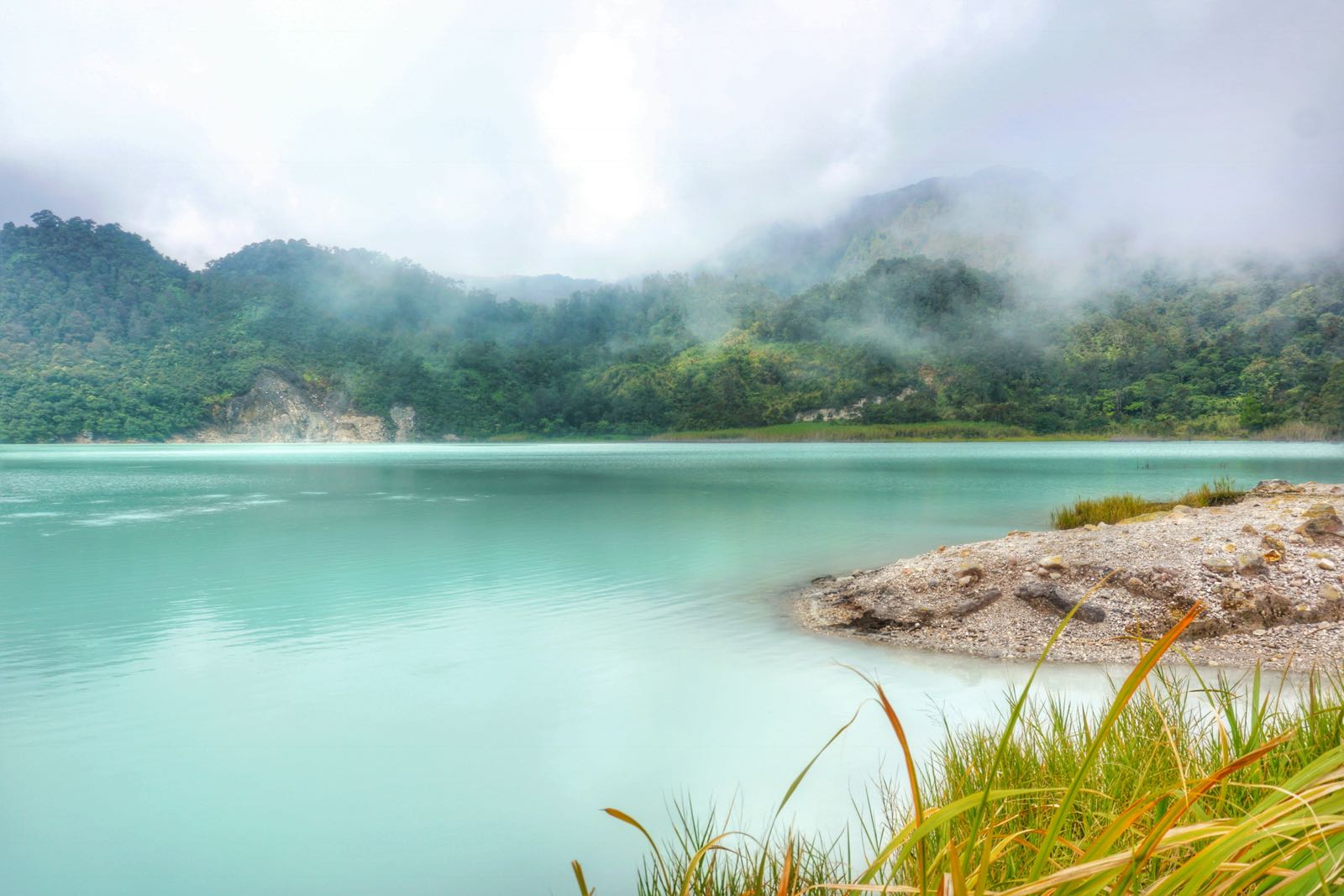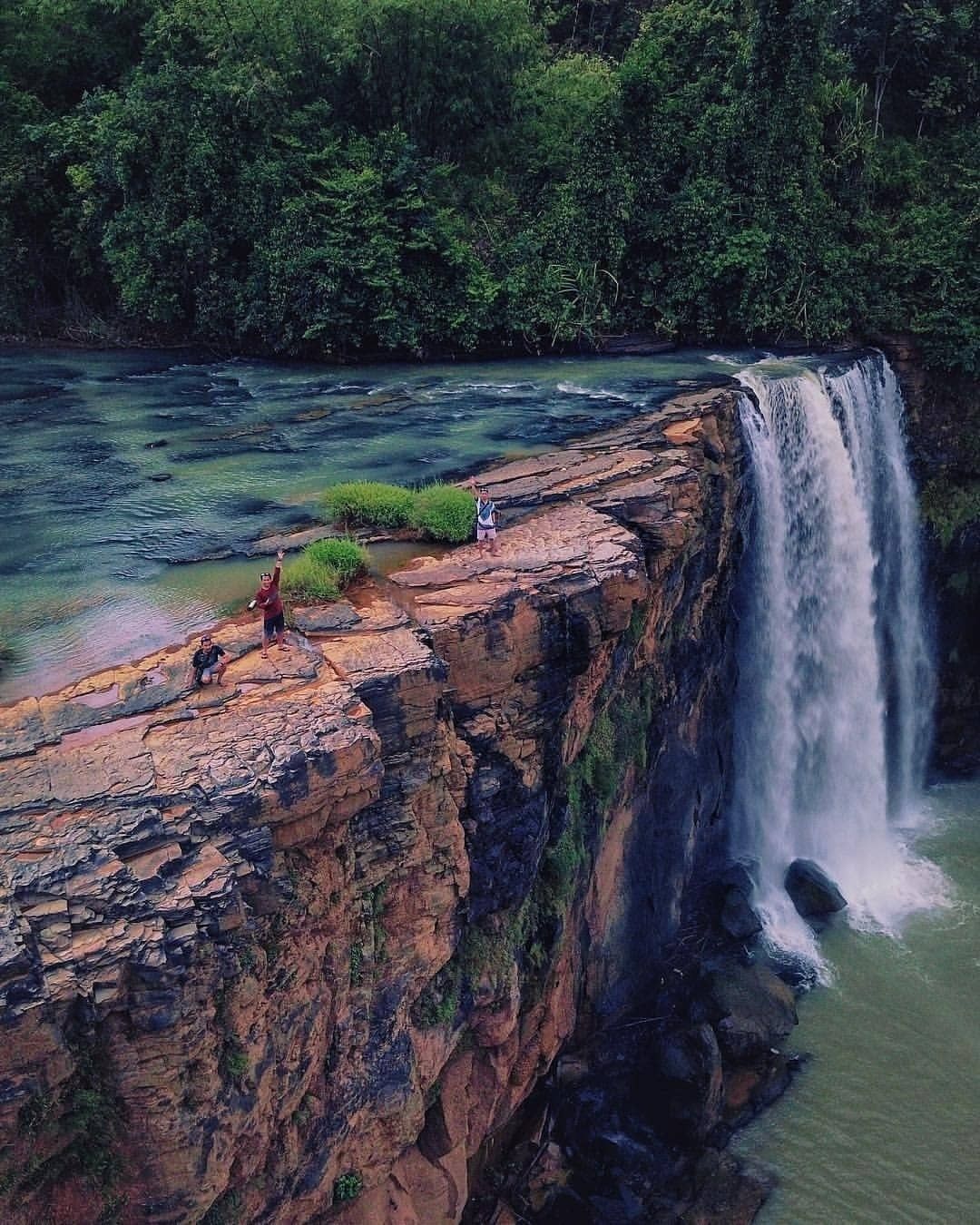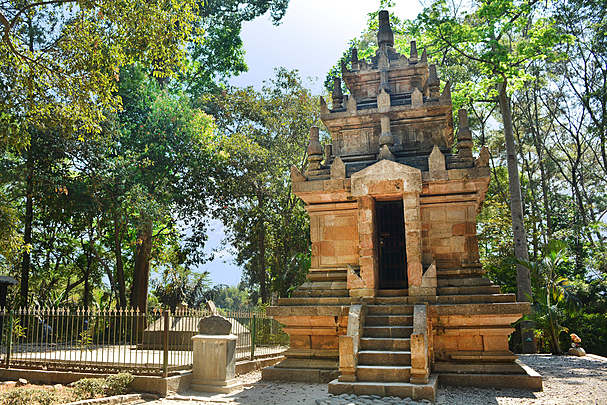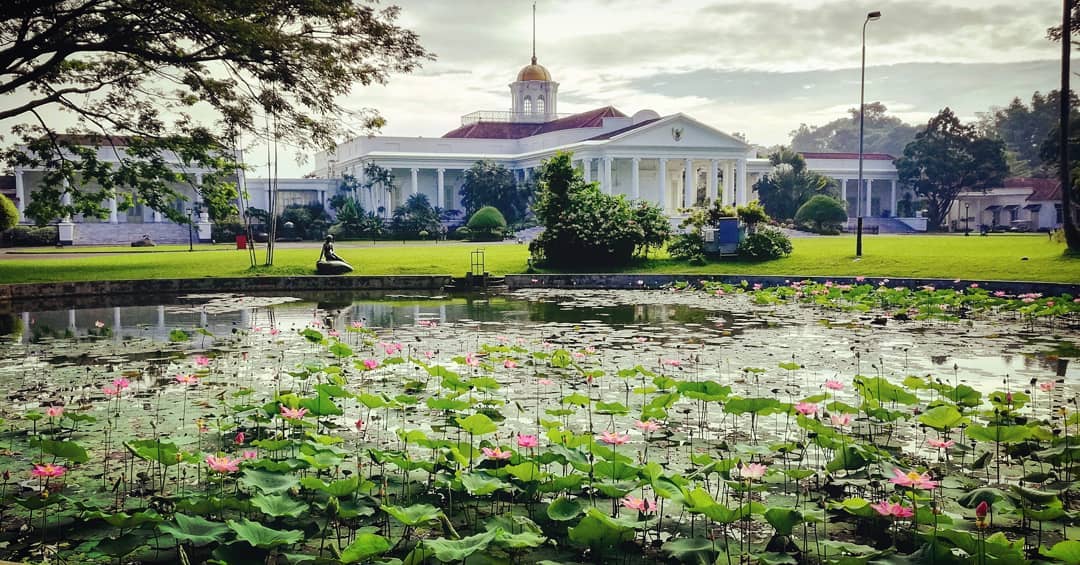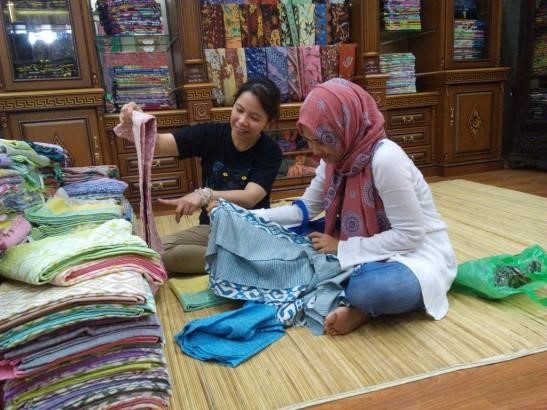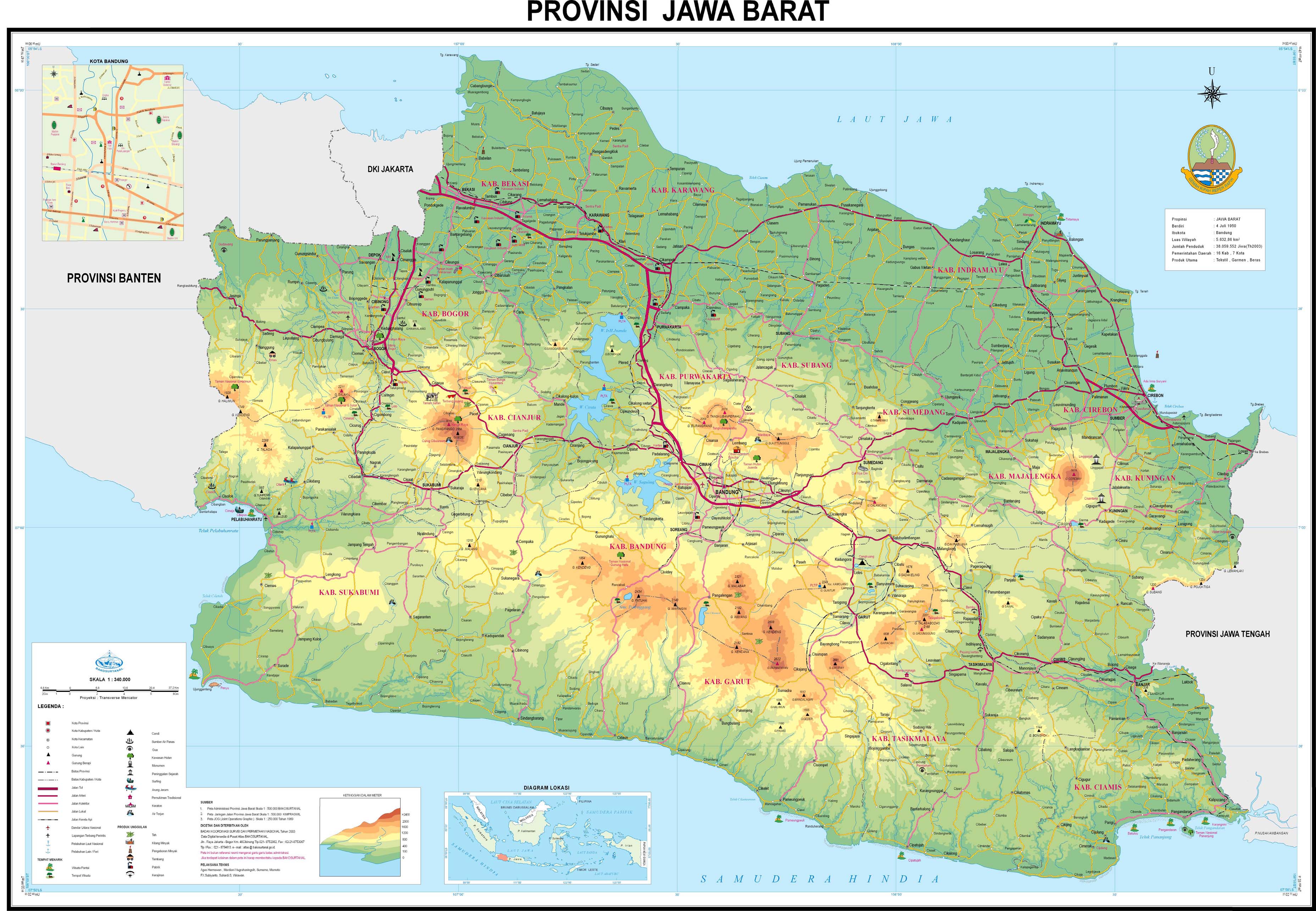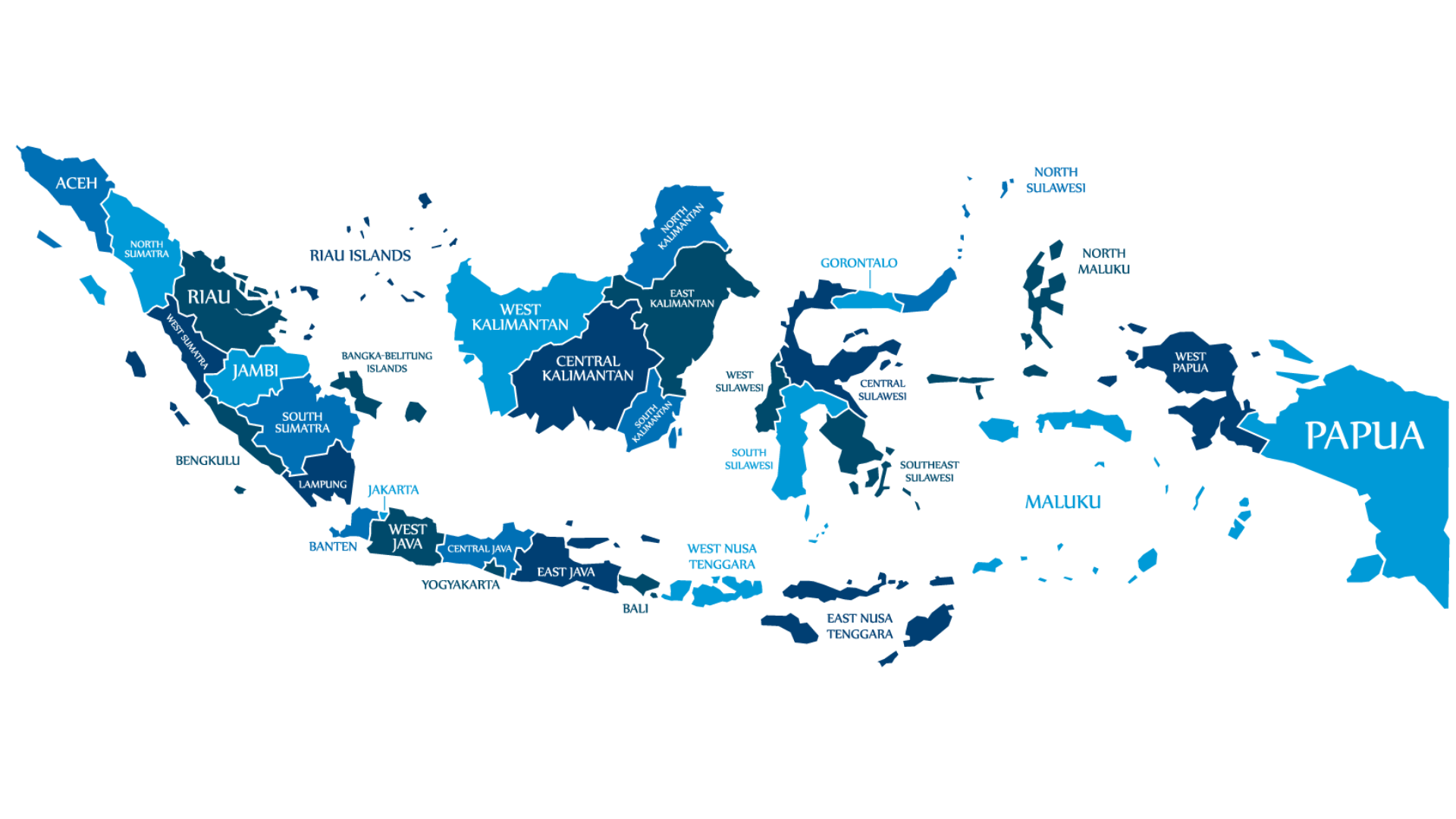Home / Batik Regions – Western Indonesia – Java Island – West Java
Facts of the region
Discover Batik in West Java
The Cimahi Batik in West Java (photo: Ridwann)
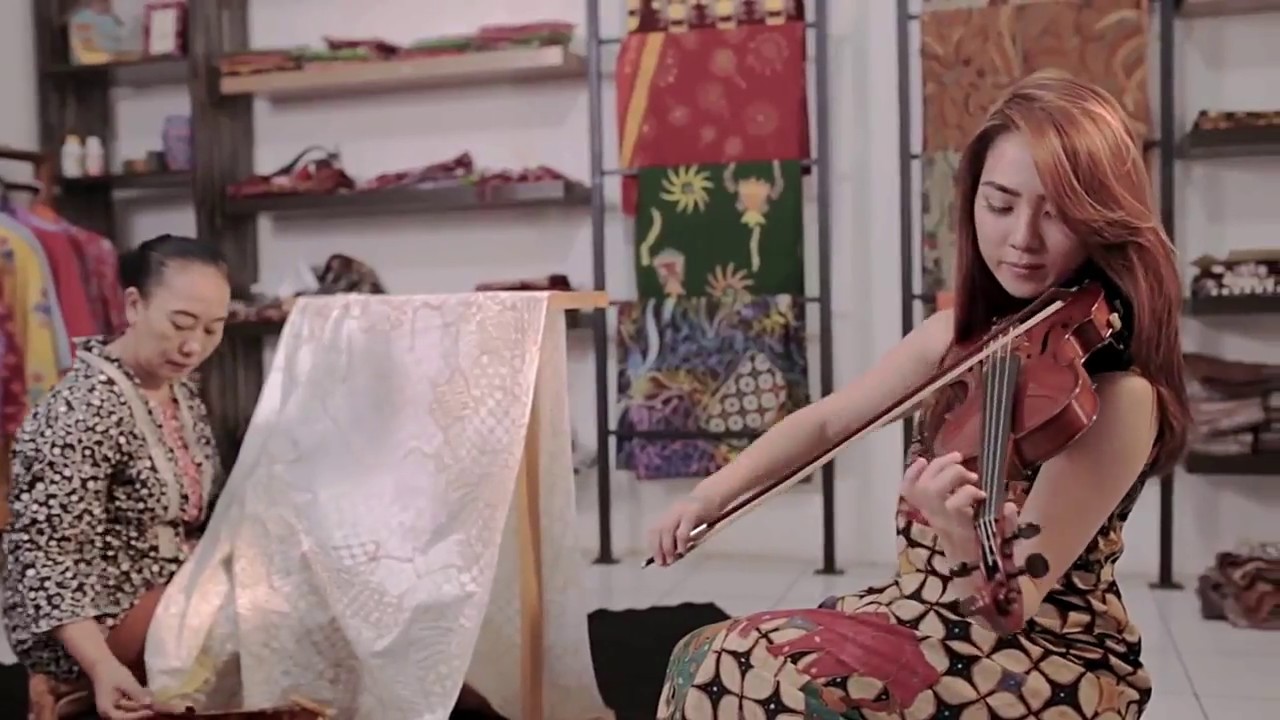
Palbatu Batik Workshop (photo: Brilio)
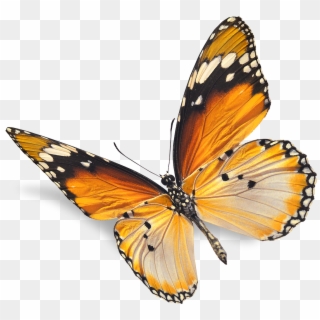
The butterfly motifs are commonly found in Batik of West Java. It symbolizes the strength and beauty (photo: Clipart)
The Charm of Hokokai
The West Java batik is developed along with other batik areas around the end of the 19th century. Batik was brought by migrants from Central Java. Today, hundreds of people have developed their own batik styles and learned how to make batik in this region. The hokokai batik of Pekalongan is famous for its distinctive floral and butterfly motifs, which is a strong Japanese influence. The motif was then developed by the local artisans in the northern coastal area of Cirebon, West Java during the brief Japanese occupation of Indonesia in 1942-1945.
Community Engagement and Government Support
In 2017, the batik mural district in Tangerang City was created by public participation in order to raise the people’s awareness of batik philosophy. It is meant as a batik safeguarding practice in the neighbourhood.
In 2018, the Indonesian government launched certification for batik as a cultural profession. Batik producers can obtain these certificates by undergoing several assessments, including for batik-making process, philosophy, and the use of natural dyes.
Batik Motifs in West Java
Batik Villages in West Java
local batik workshop
Batik villages are the region where the Batik producers mostly reside. You could buy the Batik textiles from the artisans and participate in the making process of Batik on the site.
West Java
Visual Journey
in 1 Minute
Batik production in west Java
The Prosper Land of Padjajaran
West JavA
The Bogor Botanical Garden and Royal Palace (photo: K11sucore)
About West Java
West Java society is known as a religious and diplomatic community. It has a wealth of cultural heritage and traditional noble values. The basic principle of the West Javanese, or the Sundanese, is caina herang laukna beunang (“getting what we want without causing harm to others”). This principle promotes mutual understanding, cooperation, and mutual benefits among community members.
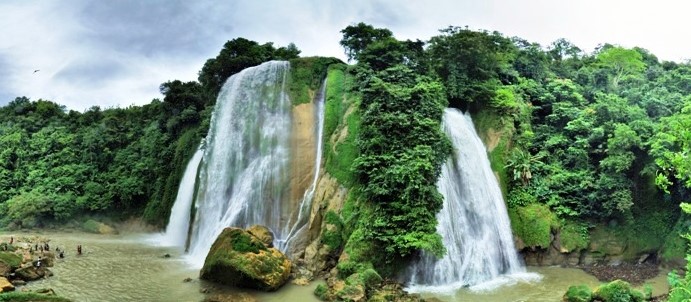
Natural Characteristic of West Java
The province of West Java is geographically located on the West part of Java island. Its total area covers 35,222.18 km2, and its total population is 48.68 million people (2018 census). Its territory is bordered by the Java Sea to the north, Central Java to the east, the Indian Ocean to the south, and the Provinces of Banten and DKI Jakarta to the west.
West Java is known for its natural beauty of wonderful waterfalls, big rivers, and mountains. One of the most beautiful waterfalls in this province is the Curug Cikaso in Sukabumi city. (Photo: Mahmur Marganti, Wikipedia).

Highlights on Culture
The ethnic groups in West Java are Betawi, Sundanese, and Cirebon. The majority of the population is Muslim (95.68%), Catholic (5.67%), Christians (2.93%), Buddhist (1.94%), and Hindu (0.79%). The ethnic groups in West Java are Betawi, Sundanese, and Cirebon.
This province possesses many cultural points of interests. They are relics of ancient kingdoms that existed in Indonesia before the Colonial Era in 17th Century, namely Tarumanagara Kingdom, Sunda Pajajaran Kingdom, Sultanate of Demak, Sultanate of Cirebon, Sultanate of Banten, and Mataram Kingdom. The Sultanate of Cirebon still exists and carries on strong political-cultural influence in the city of Cirebon. Its palaces and royal heritages are preserved under the law of the Indonesian Ministry of Education and Culture.
One of the famous traditional dances of West Java is the Tari Merak or Peacock Dance. (photo: @Mempelai).
Tourist Attractions in West Java
